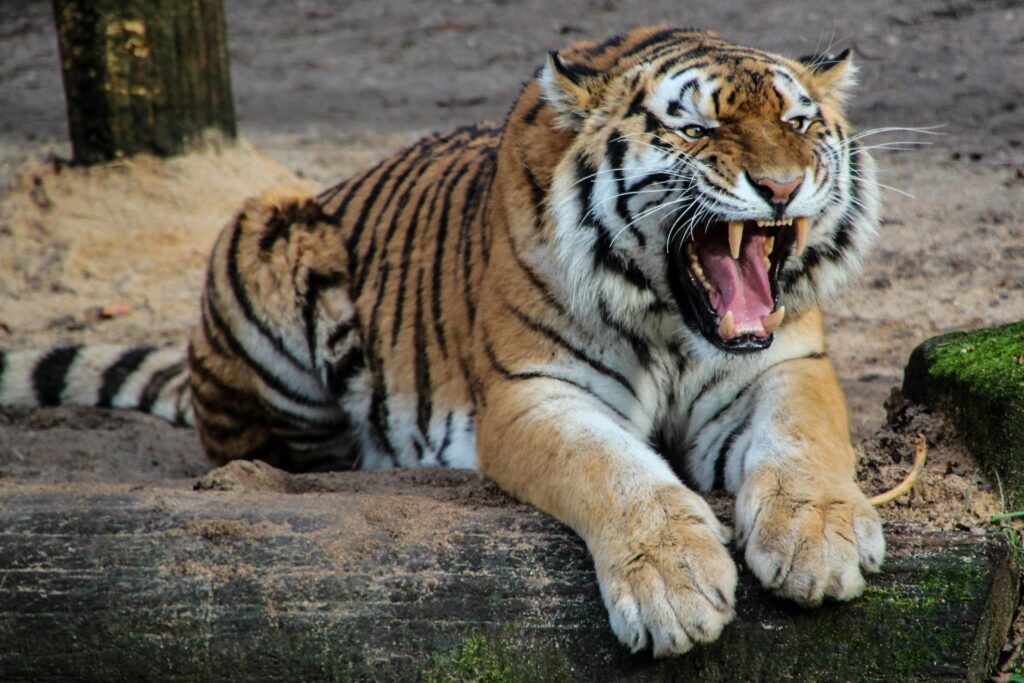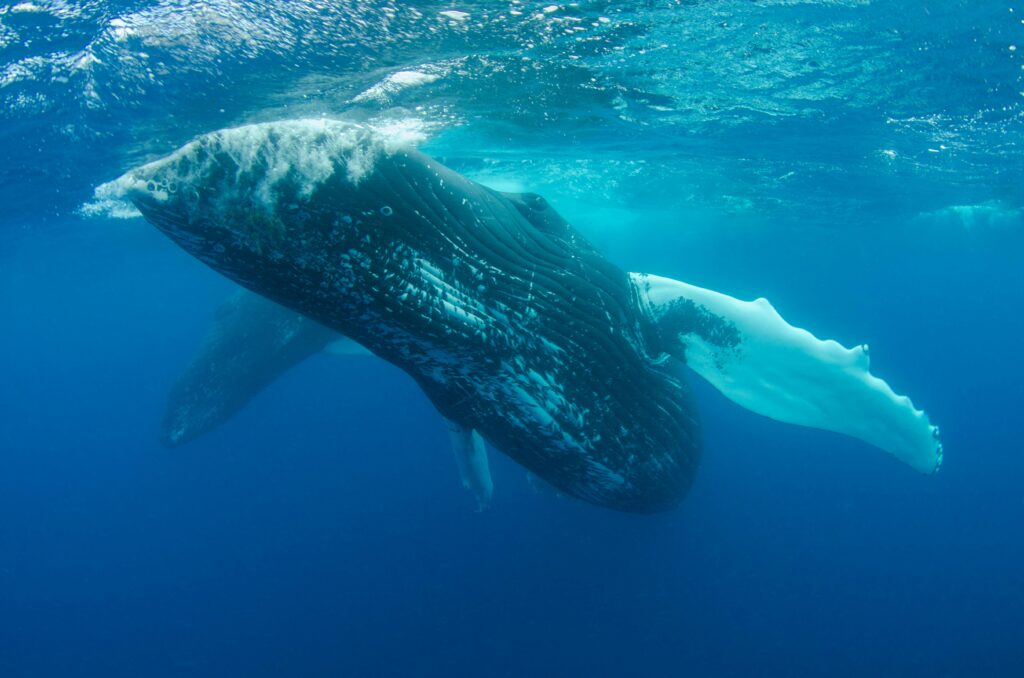Example 2
About The
Life
of
Wildlife
Animals
gallery
The Vital Role of Wildlife
Wildlife plays a crucial role in keeping nature’s ecosystems balanced and functioning. From dense rainforests and vast savannas to icy tundras and deep oceans, every species has a role in the intricate web of life. However, due to human activities like deforestation, industrialization, poaching, climate change, and pollution, many iconic animals are now on the verge of extinction. If we do not act now, we may lose these majestic creatures forever, leading to disastrous consequences for the environment and, ultimately, humanity itself.
This article explores some of the world’s most well-known endangered animals, the dangers they face, and why saving them is not just important—it is necessary for the survival of life on Earth.

Royal Bengal Tiger
The Royal Bengal Tiger is one of the most magnificent creatures of the wild, found primarily in the mangrove forests of India and Bangladesh. It is a solitary and territorial predator that helps regulate prey populations like deer and wild boars. The tiger is not just a symbol of power but also an essential part of forest ecosystems.

Polar bear
Polar bears are the largest land carnivores on Earth, uniquely adapted to survive in the harsh Arctic environment. With their thick fur, a layer of insulating fat, and powerful limbs, they are exceptional swimmers and hunters. These magnificent creatures primarily feed on seals, using sea ice as a platform to hunt. They are not just apex predators but also indicators of the health of the Arctic ecosystem.

Blue Whale
The blue whale, the largest animal to ever exist on Earth, can grow up to 100 feet long and weigh as much as 200 tons. Despite their massive size, they feed almost exclusively on tiny krill, consuming up to 4 tons per day. These gentle giants play a vital role in maintaining the ocean’s ecosystem by fertilizing phytoplankton, which produces oxygen and absorbs carbon dioxide.

Sea turtle
Sea turtles have been roaming the oceans for over 100 million years, surviving multiple mass extinctions. These magnificent reptiles play a crucial role in maintaining marine ecosystems by regulating jellyfish populations, preserving healthy seagrass beds, and ensuring coral reef stability. There are seven species of sea turtles, including the Leatherback, Green, Loggerhead, Hawksbill, and Olive Ridley, found in warm and tropical waters across the world.
The Time to Act Is Now
Wildlife is not just about exotic animals—it is about protecting the foundation of life on Earth. If we lose these species, the consequences will be devastating for ecosystems, economies, and future generations. Conservation efforts, anti-poaching laws, habitat restoration, and sustainable practices can help save these endangered creatures.
Protecting wildlife is a collective responsibility. By spreading awareness, reducing our carbon footprint, and supporting conservation programs, we can ensure these animals continue to thrive for generations to come